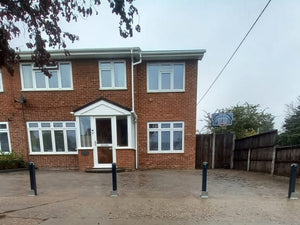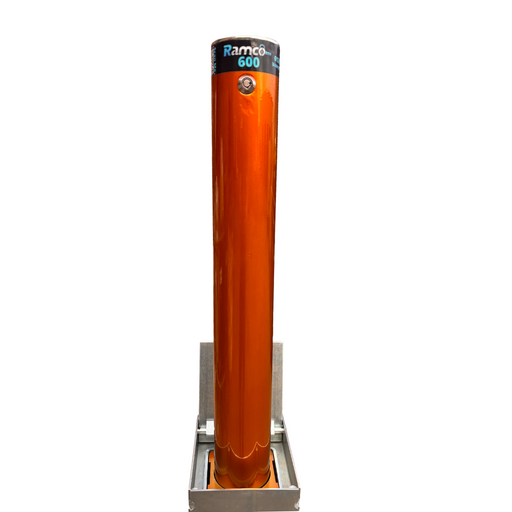How Bollard Posts Protect Your Driveway
Bollard posts can be an extremely effective and convenient method of regulating traffic, preventing unauthorised access or use of a driveway or parking space. They can protect your property by deterring theft or entirely preventing vehicles or other items from being removed.
But this effectiveness depends entirely on installing the correct number of bollards and the spacing between them. They also need to be in the right place.
Spacing Driveway Bollards
The spacing of bollard posts is a matter of balancing security with convenience, cost and appearance. While a dense array of driveway bollards will be secure, they will be inconvenient to raise and lower each time you want to enter or leave your own driveway. This may discourage their use, making their presence pointless! And extra bollards have no real benefit over the correct number – people and vehicles can only fit through a gap of a certain minimum size.
The average width of a car in the UK is now 180cm (5ft 10in), so creating spacing slightly narrower than this will prevent most cars from passing the barrier or bollard. To block the passage of motorbikes, bicycles, people or smaller vehicles such as garden equipment or golf carts, narrower spacing will be needed.
The ideal location for driveway bollards will vary depending on the exact location. In general, the bollards should be as close to the entrance or property boundary as possible to provide maximum security. But if the entrance itself is particularly wide and/or not bound by solid fences, walls, hedges or other features, it may be better to have a smaller number of bollards further in or in an easier-secured location – putting bollards in a driveway alongside an open lawn is not adding security!
Car parking spaces are easier to secure, since even one bollard in the centre of the edge of the space will stop unauthorised entry or a car being removed from the space.
How Many Driveway Bollards Do You Need?
To properly protect your driveway and prevent unauthorised entries when the bollards posts are raised, we recommend gaps of no more than 1.5 – 1.7 metres (5ft – 5ft 6in) between bollards or between bollards and driveway edges.
So, you just need to measure the width of your driveway or entrance at the point where you plan to install the bollards, and check the figures below to determine how many you need:
Up to 3 metres/10 feet (maximum width 3.4m/11ft) = 1 Bollard
3.0 – 4.5m/10 – 15feet (maximum width 5.1m/16ft) = 2 Bollards
4.5 – 6m/15 – 20 feet (maximum width 6.8m/22ft) = 3 Bollards
6m – 7.5m/20 – 25 (maximum width 8.5m/27ft) = 4 Bollards
7.5m – 9m/25 – 30 (maximum width 10.2m/33ft) = 5 Bollards
Our maximum recommended width is based on a gap of 1.7m/5ft 6in between the bollards.


